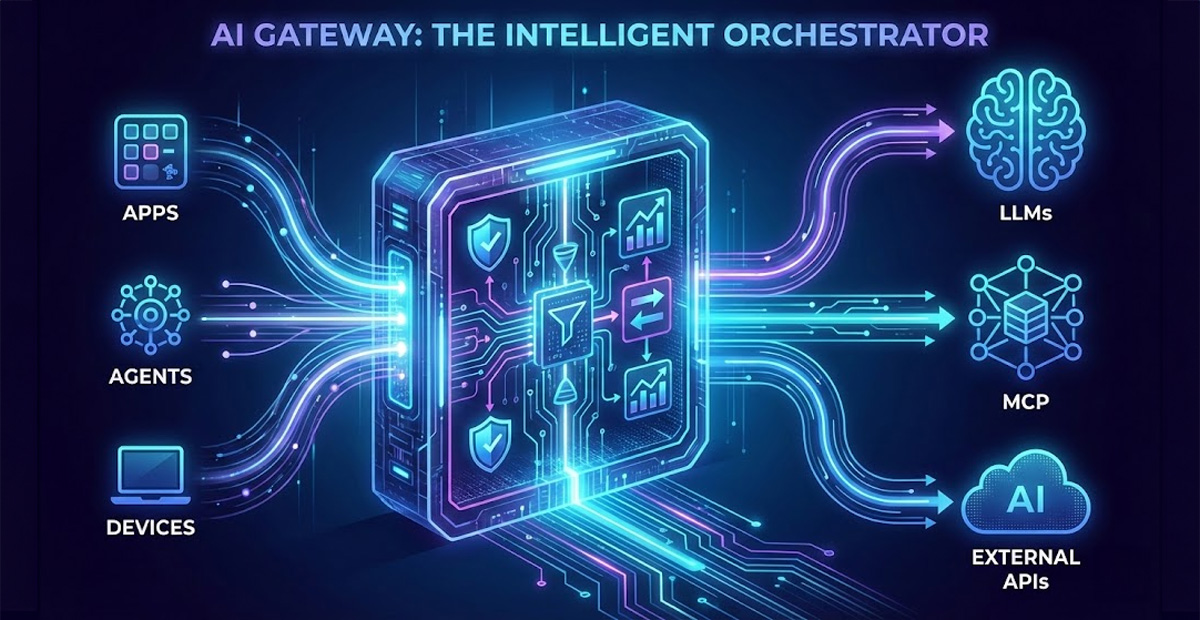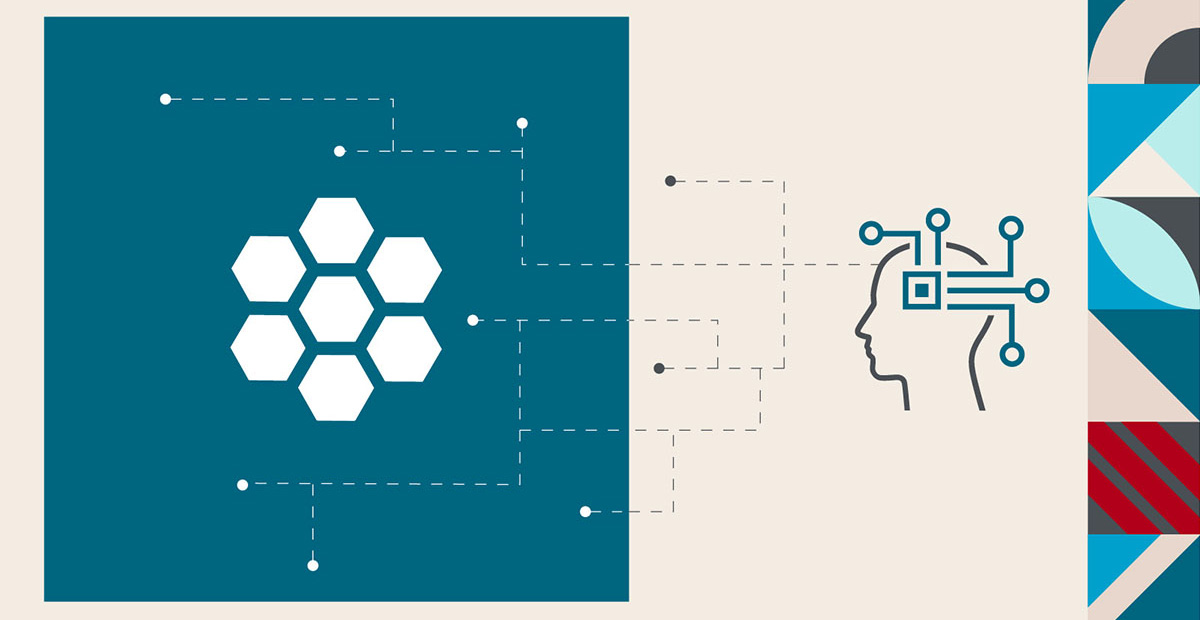Q&A with the Perceptiva team.
1. What are some of the trends related to Artificial Intelligence today?
If we consider 2025 and beyond, the market seems to be moving into:
- Autonomy: the most significant shift is the evolution from reactive tools to proactive, autonomous “AI Agents” (please check Google Agentspace article).
- ROI: continued efforts to generate real-world results through a strategic approach to AI adoption (please check IDC report on Google Cloud AI).
- Specialization: the trend is moving beyond general-purpose models toward specialized and smaller models (“Small Language Models”).
- Data Governance: focus on the underlying infrastructure needed to scale AI effectively with governance (“AI-ready data”).
AI evolution is widely expected to speed up.
2. How does AI relate to Integration solutions and practices?
AI is commonly associated with the potential of accelerating the Software Development cycle. But Integration practices can also reap great benefits not only from genAI, but also predictive and agentic AI. It speeds up and adds value to the entire Integration lifecycle, from development to maintenance and management.
Simultaneously, successful AI initiatives depend on robust Integration and data practices to ensure corporate governance. As such, it can be argued that AI and Integration have a “two-way street” relationship. Based on that, Perceptiva created the “Intelligent Integration” practice to support clients in LATAM.
AI and Integration are a perfect fit.
3. What are some practical examples?
AI can automate and accelerate key aspects of the Integration process:
- Build: recommending new integrations and best practices based on an organization’s existing data and systems.
- Test: automating the creation and execution of test scenarios, ensuring accuracy and reliability before deployment.
- Deploy: preparing documentation and answering common questions, streamlining the deployment process.
- Manage: monitoring systems and identify outliers or anomalies, allowing for quicker and more efficient problem resolution.
Integration professionals will be able to focus on more complex and strategic tasks.
4. What is the “Intelligent Integration” journey?
As we see it, the journey to Intelligent Integration can be described in three stages:
- Connect: this initial phase involves discovering new integration possibilities and automating routine processes.
- Expand: the next step focuses on developing and scaling integrations to handle large volumes of data.
- Transcend: the final stage uses AI to analyze data and offer personalized, data-driven solutions.
This is of course a very high level view and we’ll be glad to detail each stage.
5. Which business outcomes can be expected?
Adopting “Intelligent Integration” can lead to several business benefits:
- Agility: integrations are built faster and with less human intervention, increasing organizational efficiency.
- Cost Reduction: by eliminating repetitive tasks and automating management, the practice frees up resources and reduces operational costs.
- Revenue Increase: AI can help identify opportunities for new services and products, contributing to top-line growth.
- Customer Experience: AI uncovers customer patterns and behaviors, allowing for the creation of more personalized and targeted solutions.
Above all, the practice contributes to digital evolution and innovation.
6. What is the Future of “Intelligent Integration”?
AI will become deeply embedded in solutions and practices, adding a layer of intelligence to orchestrate Integrations. Increasingly, AI will move beyond “add-on” features and “ad-hoc” activities to a core element within Integration projects.
The rise of general AI (“human-like thinking”) will radically change businesses (and our lives!). But one thing is certain: organizations that embrace “Intelligent Integration” will be better positioned to adapt and thrive in a rapidly evolving tech landscape.



